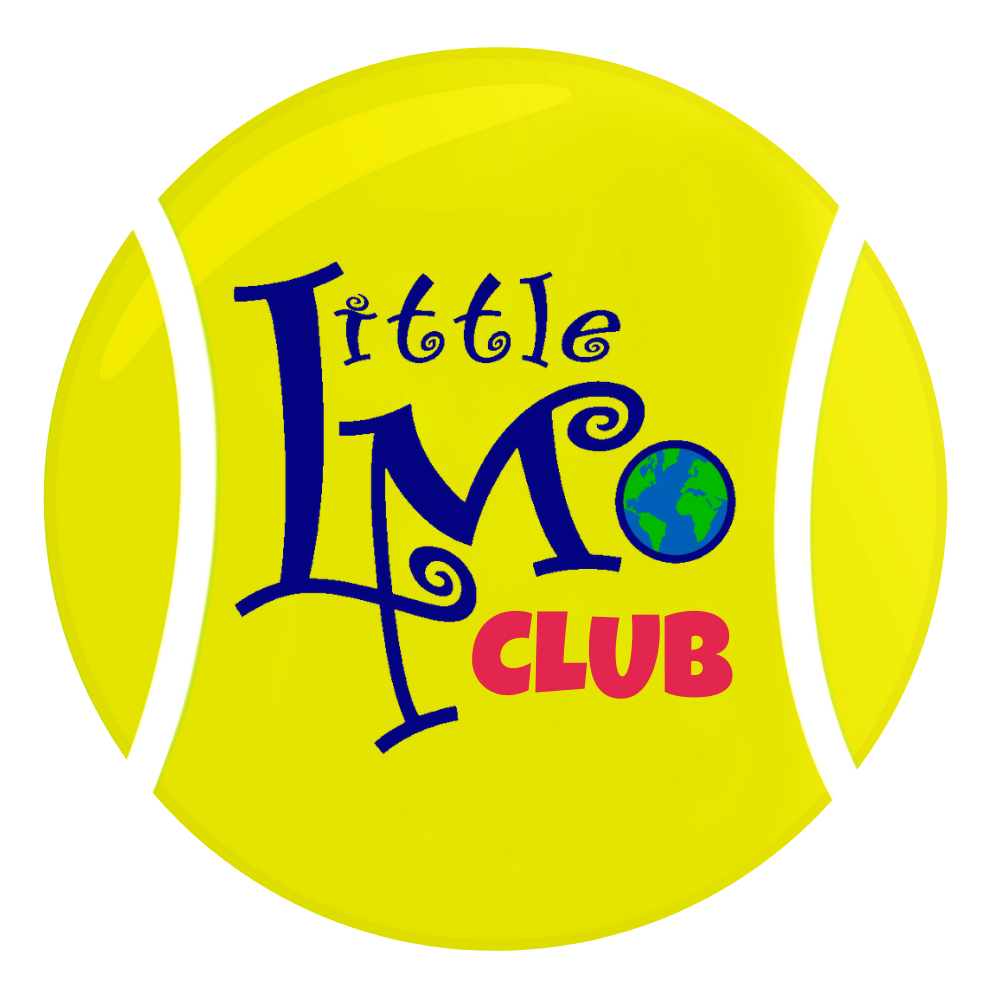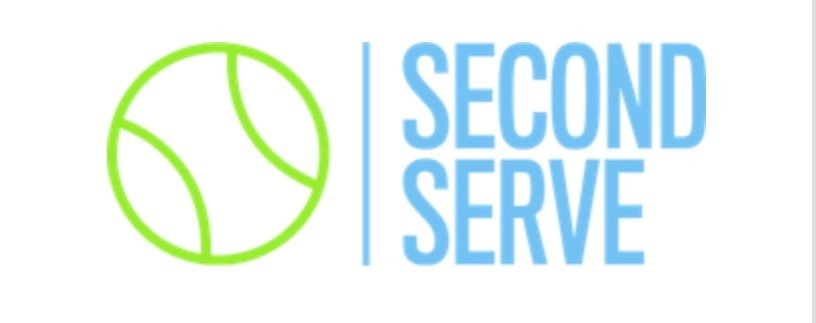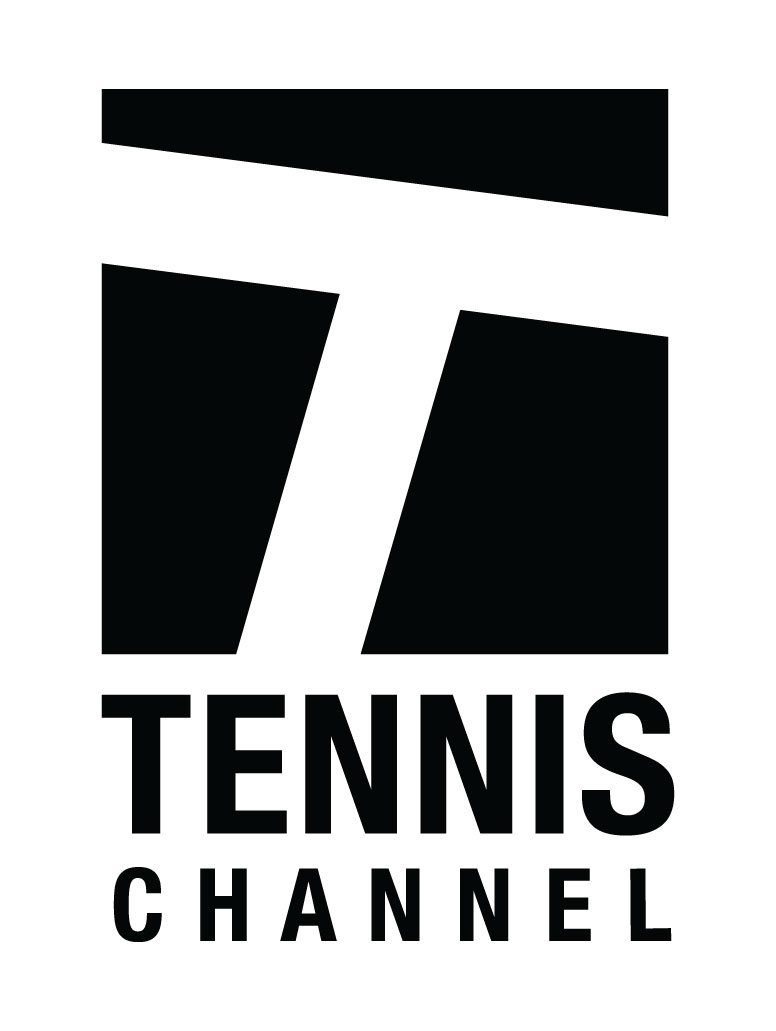New Rules for the New Year, Part 2
Up Next
Life in Limbo Another rule that was piloted in the Southern Section in 2011 but rolled out nationwide for 2012 concerns 10-and-Under Tennis (aka QuickStart or Mini-Tennis or ROG which is an acronym for the different colors of the low-compression balls). From this point forward, all 10U tournament play will take place on smaller courts (36×18 feet for 8-and-unders, 60×21 feet for 10-and-unders) with low-compression balls. If a 10U player wants to play on a full-size court (78×27 feet for singles) with regular yellow balls, he/she must play up in the 12U.
Another rule that was piloted in the Southern Section in 2011 but rolled out nationwide for 2012 concerns 10-and-Under Tennis (aka QuickStart or Mini-Tennis or ROG which is an acronym for the different colors of the low-compression balls). From this point forward, all 10U tournament play will take place on smaller courts (36×18 feet for 8-and-unders, 60×21 feet for 10-and-unders) with low-compression balls. If a 10U player wants to play on a full-size court (78×27 feet for singles) with regular yellow balls, he/she must play up in the 12U.
Why the new format? According to Bill Ozaki, Director of Player Development – USTA Southern, “For the first time, tennis programming for children 10 and under will be moved to more appropriate sized courts and equipment, just as other sports have been doing for many, many years. These changes will enable children to begin and enjoy tennis at much younger ages than ever before—ages 4 and up like other sports. New generations of tennis players in the hundreds of thousands, then millions, will be the net result.” In other words, USTA is using this initiative to increase membership and grow the sport of tennis.
I have my own views on the pros and cons of QuickStart, but since my son came up without it and since I’m not a teaching pro, I figured I’d tap into wiser minds and get their input.
Tennis historian and Florida-based coach Phil Secada feels that “mini-tennis is very much needed at a very early age for children to be introduced to touch and angles on the tennis court.” Phil goes on to say, “It is a great way to temper a student’s tendency to beat the crud out of the ball without regard to thought, placement, and percentage. I used mini-tennis as a great way to start beginners with learning the forehand, then getting their attention to learn how to hit a backhand. Ultimately, mini-tennis teaches beginners about the importance of rallying on a tennis court. The benefits of playing mini-tennis for the novice player (please note that 98% of the public has never picked up a tennis racquet) by far outweigh the negatives.”
To understand how coaches can use mini-tennis as an effective teaching tool, please watch the video below of coach Susan Nardi (who currently works in the Dallas area) teaching a 5 year old who is playing for the first time ever:
While most of the coaches I interviewed agree that mini-tennis can be a great teaching tool, there are many who take issue with USTA’s mandate of using the low-compression balls and short courts. Northern California coach Yvonne Gallop maintains that this is a great tool to be marketed to 4-7 year olds, not 10 year olds. She says, “Quickstart can be a great tool, but it is JUST that, a TOOL. USE it for the kids that it works for, move kids up and out as quickly as they are ready. AND do not hold any kid back in there that should not be there!!! Each child is different!!”
Miami-area coach Greg Moya thinks mini tennis should be used to introduce tennis to – and teach – younger kids but not used in tournaments, and Greece-based coach Chris Karageorgiades agrees that it’s hard to separate teaching from competition. “Mini tennis is great for bringing new kids to the sport but so far has not proven it’s the best vehicle for developing the champions of tomorrow. In any case, I believe it should be optional.” He agrees with Yvonne that the players showing talent under the new format should be moved up to full-size courts and regular yellow balls quickly rather than waiting until they turn 11. Alabama coach and fellow tennis parent Carla Cecilia Mora concurs. She adds, “It is a great tool for developing strokes. It gives kids more confidence and makes it fun for them. My 6 year old started with the red balls and now he is advancing to the regular balls.”
Another Alabama coach, Justin Davis, cited an example of how the low-compression red balls can be incorporated when teaching a young player: “One particular 7 year old boy was having some difficulty in focus and attention to sticking with practice due to a few mistakes. The red balls were used only briefly and gave him confidence to get better. I would not use them with him anymore. He is a STRONG 7 year old and just needed to hit a few balls with some control in my opinion in the little time I worked with him to set him up for the future of his life of tennis. That was the first time I ever worked with him. A lot of improvement in one lesson. I would not use them again as we cannot carry out points with them.”
Two-time Australian Open champion and current coach Johan Kriek says he is all for different strokes for different folks, that it’s fine to use Quickstart for beginners and growing the game. However, he, too, takes issue with the fact that USTA is mandating its use across the board for the youngest players. Johan says, “My academy is for serious tennis players only, and this does not mean anything but that I have 8 to 11 year olds playing fine using the whole court and regular balls. Problem is that the USTA now MAKES these kids play on a smaller court with a red ball.” One young player was quoted as saying, “Tried it and it is soooo boring!”
Kim Cosh, who is a tennis coach in the UK, shared her experience using Mini-Tennis with her players. “Regarding mini tennis which I understand the US is just taking on …I wish you well with it. I was a die hard fan 10 years ago but over the years I have become more open-minded and can see that by using your skill as a coach and taking the best from it [mini-tennis] and using it when and where it works best – for large groups indoors in schools – [it is a] great way to introduce the game to the masses – for getting starters rallying quickly and into the game – brillant for beginner adults – as a warm up for all. A positive approach with a smile on your face is as important as a knowledgeable one.”
One UK tennis dad shares a story: “[Tim] Henman brought [Xavier] Malisse to the [tennis] academy (Henman is a patron there). Malisse said it [Mini-Tennis] was all a big marketing ploy to get the buy-in from parents. Malisse, Henin and [Kim] Clijsters all agreed to hit a few balls for the cameras but as for training when they were kids . . . no way. They played touch tennis in the service boxes but with a yellow ball. The drills he showed me were corner to corner FH to FH or BH to BH. Otherwise they would draw a small rectangle in the clay and have a line as a net and play on that! None of the above involves any cost! Mini tennis is a branding and marketing man’s dream and that is what it has been the whole time! Here in the UK, the LTA [Lawn Tennis Association] needed to get more people playing tennis. There are simply not enough coaches to teach kids properly with full pressure balls, and parents want to see matches NOW! Mini tennis is a way of getting multiple matches going on a court x4 and each kid plays lots of tie break sets. Parents umpire so there is zero outlay for the LTA, their tennis centres are now being used when previously they were standing empty. £18 per session per child and they are on all weekend EVERY weekend. Do the maths! And don’t get me started on the argument that mini tennis equates to 5 a side soccer or Futsal because that is another total myth!”
The consensus among the coaches and parents I’ve interviewed seems to be that this new 10-and-Under initiative is fine as a training tool, especially for those children – and adults – who are brand new to our sport. However, to make it a mandatory piece of tournament play does not serve anyone other than those selling the new equipment.
Your thoughts? Please share them, as well as any other rule changes you’ve heard, in the Comments box below.












